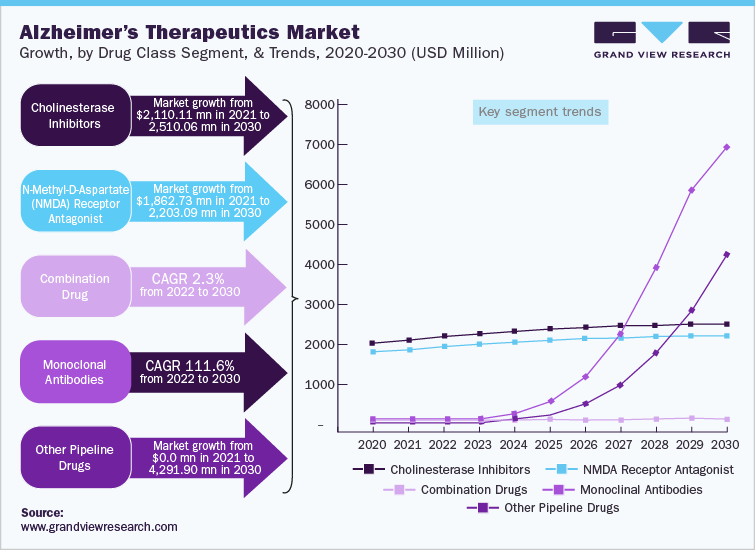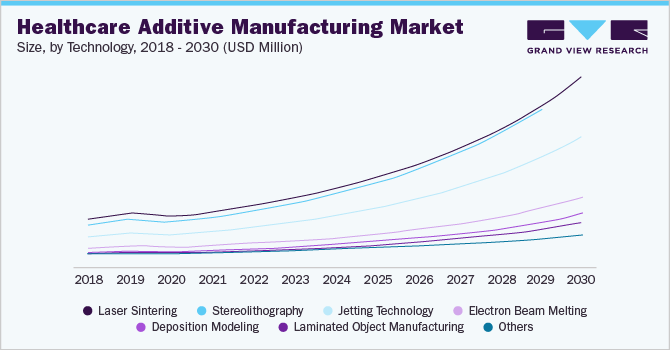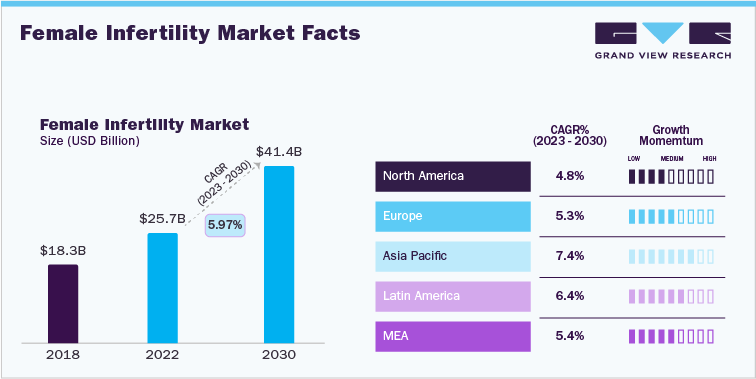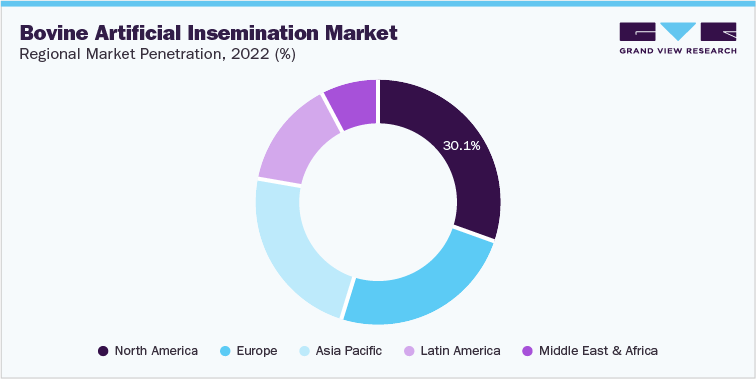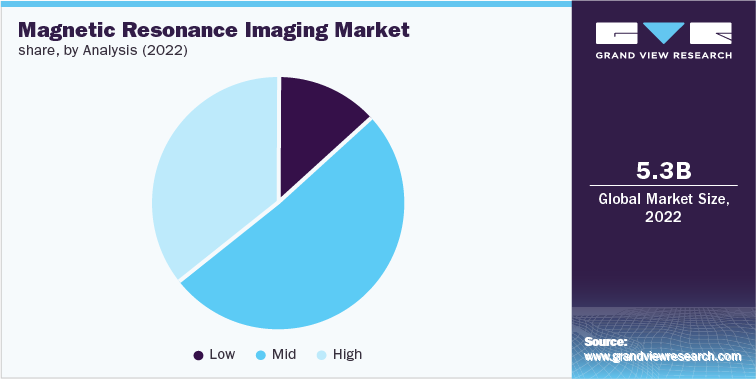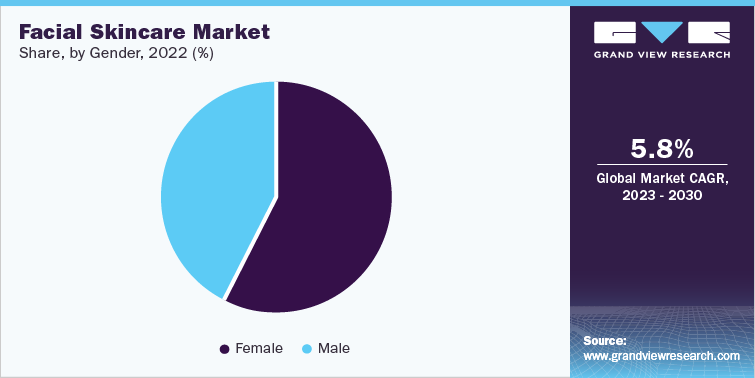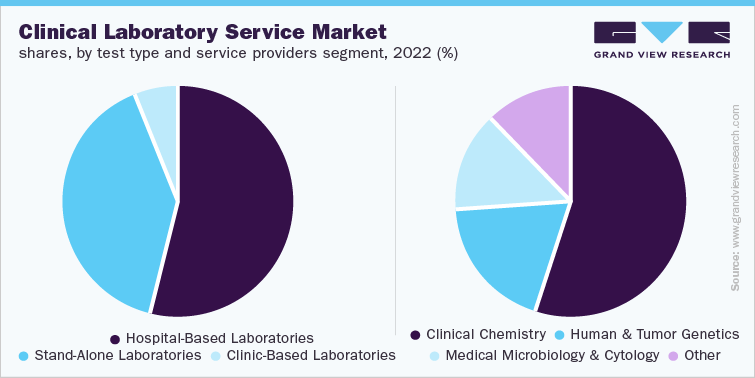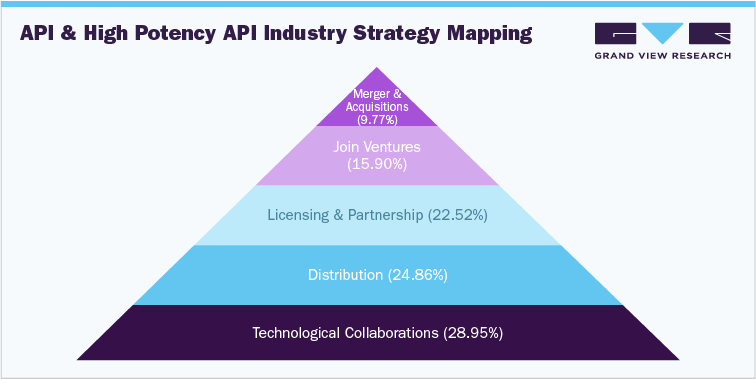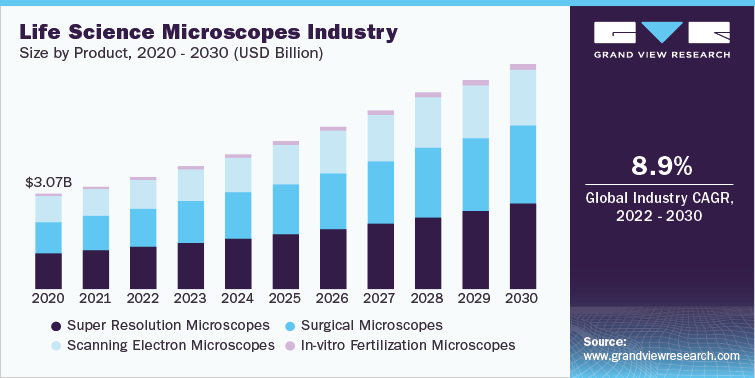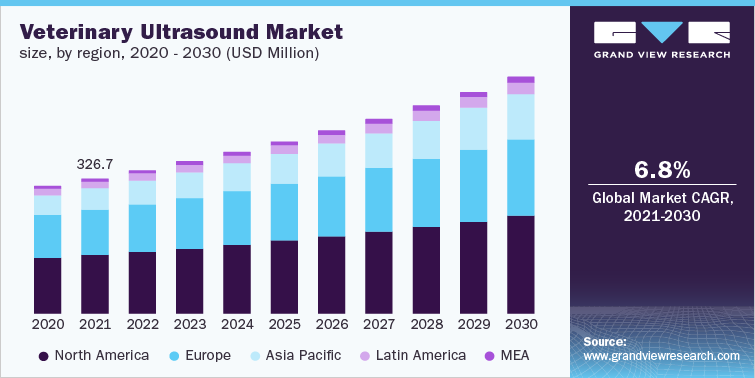Global cancer diagnostics industry data book is a collection of market sizing & forecasts insights, regulatory & technology framework, pricing intelligence, competitive benchmarking analyses, and macro-environmental analyses studies. Within the purview of the database, such information is systematically analyzed and provided in the form of summary presentations and detailed outlook reports on individual areas of research.
The global cancer diagnostics market is combined to account for USD 45.66 billion revenue in 2022, which is expected to reach USD 89.02 billion by 2030, growing at a cumulative rate of 5.97% over the forecast period.
Breast Cancer Diagnostics Market Growth & Trends
The global breast cancer diagnostics market size was valued at USD 16.26 billion in 2022 and is expected to expand at a compound annual growth rate (CAGR) of 7.24% from 2023 to 2030. The growth can be attributed to the increasing prevalence of cancer and rising government initiatives to increase the screening and diagnostic rate. Increased R&D in advanced breast cancer screening tools is anticipated to boost the market significantly.
The UK Research and Innovation, in February 2020, received over USD 1300 million from the Engineering and Physical Sciences Research Council to develop a novel Raman spectroscopy platform for noninvasive and in vivo diagnostics of breast cancer. The approach would allow immediate and accurate diagnosis in conjunction with mammography by improving surveillance or screening techniques that would lead to better treatment outcomes & early diagnosis. Moreover, increased product launch is anticipated to boost market growth over the forecast period. In February 2023, NGeneBio launched an NGS-based breast cancer diagnostics test in Thailand. Moreover, in October 2022, NAMIDA LAB announced plans to launch Auria, an at-home breast assessment test. Thus, an increase in such initiatives undertaken by market players is expected to propel the adoption of breast cancer diagnostic tests in the near future.
Cervical Cancer Diagnostic Market Growth & Trends
The global cervical cancer diagnostic market was valued at USD 4.55 billion in 2022 and is projected to grow at a CAGR of 5.65% over the forecast period. Women between the age group of 20 and 60 years are usually more prone to this ailment, which is expected to increase cervical cancer screening and diagnostics procedures.
New approvals and product launches due to high investments by market players are likely to boost the market. In November 2021, Hologic, Inc. announced the Genius Digital Diagnostics System launch and made it commercially available in Europe. This innovative NGS system combines advanced volumetric imaging technology with AI. In March 2023, Roche entered into a partnership with CAPED for the launch of a cervical cancer screening program in India to enhance and promote cancer care globally. The increase in the use of novel products by major market players for various cervical screening programs is expected to boost the market during the forecast period.
Lung Cancer Diagnostics Market Growth & Trends
The global lung cancer diagnostics market size was estimated at USD 10.82 billion in 2022. Technological advancements in tumor diagnosis contribute to market growth. An increase in the availability of various technologically advanced products for cancer diagnostics is a major factor anticipated to fuel the market during the forecast period. Companies such as Oncocyte offer DetermaDx, a multigene assay that can help measure gene expression in circulating blood cells to identify lung nodules, avoiding invasive biopsy procedures. In January 2020, Oncocyte acquired Insight Genetics to develop a PCR-based Immune Modulation (IM) Score Test. The test is expected to help measure the state of the immune system during a biopsy procedure and identify patient response to PD-1/PD-L1 immunotherapies.
Similarly, in March 2023, Roche Diagnostics Korea announced the launch of uPath PD-L1, an automated AI tool used to detect PD-L1 biomarkers in NSCLC patients. Moreover, in June 2022, Biocartis received a CE marking for Idylla GeneFusion Panel, which is an IVD-based lung cancer screening solution for laboratories. Such innovative product launches are anticipated to drive the market growth over the forecast period.
Order your copy of Free Sample of “Cancer Diagnostics Industry Data Book - Breast Cancer Diagnostic, Cervical Cancer Diagnostic, Lung Cancer Diagnostic, Liver Cancer Diagnostic, Pancreatic Cancer Diagnostic and Ovarian Cancer Diagnostic Market Size, Share, Trends Analysis, And Segment Forecasts, 2023 - 2030” Data Book, published by Grand View Research
Pancreatic Cancer Diagnostic Market Growth & Trends
The global pancreatic cancer diagnostic market size was valued at USD 3.63 billion in 2022 and is expected to grow at a compound annual growth rate (CAGR) of 5.43% from 2023 to 2030. Several key factors are driving the global market for pancreatic cancer diagnostics. Factors include the increasing prevalence of pancreatic cancer and a growing awareness of the importance of early disease diagnosis. Additionally, advancements in technology have led to improved accuracy and sensitivity of diagnostic tests and the evolution of molecular diagnostics and biomarker tests for detecting malignancies. These factors collectively propel the market demand for pancreatic cancer diagnostic solutions.
Early diagnosis plays a crucial role in achieving positive treatment outcomes for pancreatic cancer. Consequently, market players and healthcare organizations are actively raising funds, conducting awareness programs, and initiating research initiatives to promote routine checkups and screenings. For example, in August 2022, the Pancreatic Cancer Action Network (PanCAN) awarded USD 10.5 million in grants to support 16 new research and development projects focused on early detection and improved treatment options for pancreatic cancer.
Ovarian Cancer Diagnostics Market Growth & Trends
The global ovarian cancer diagnostics market size was estimated at USD 4.41 billion in 2022 and is expected to grow at a CAGR of 4.93% during the forecast period. An increase in the number of R&D activities to develop novel diagnostic tests for ovarian cancer is expected to propel the market. For instance, scientists from the University of Gothenburg and Uppsala University developed a blood test that can provide precise diagnostics for ovarian cancer, which could eliminate the requirement for exploratory surgery. This novel test can decrease the requirement for surgery and aid in the early detection and treatment of affected women.
In February 2020, a study conducted by two hospitals in Australia focused on women with advanced ovarian cancer. It used an immune marker for inflammation and other cancer markers to detect epithelial ovarian cancer. The test can be used by women staying in remote areas or disadvantaged communities, where there are limited resources for diagnosis of ovarian cancer, thus improving their chances of survival. The blood test is used to measure a body’s immune response to enhance the diagnosis of ovarian cancer.
Liver Cancer Diagnostics Market Growth & Trends
The global liver cancer diagnostics market size was valued at USD 5.99 billion in 2022 and is anticipated to expand at a compound annual growth rate (CAGR) of 5.96% by 2030. Liver cancer is a significant contributor to cancer-related deaths worldwide. According to the American Cancer Society, the incidence of liver cancer has tripled in the last three decades, with death rates also doubling. In 2022, it was approximately 41,260 new cases of liver cancer will be diagnosed in the U.S., resulting in approximately 30,520 deaths. The global prevalence of liver cancer, combined with the continuous exposure of the population to risk factors, will drive the rapid growth of the screening and diagnosis market.
Various risk factors contribute to the development of liver cancer, including lifestyle choices such as smoking, alcohol consumption, and tobacco chewing, as well as underlying conditions like chronic viral hepatitis (hepatitis B virus or hepatitis C virus), cirrhosis, type 2 diabetes, and obesity. The presence of one or more risk factors increases the likelihood of liver cancer. Accurate early detection, diagnosis, and staging are crucial for improving survival rates.
Key players operating in the Cancer Diagnostics Industry are –
• GE Healthcare
• Abbott
• F. Hoffmann-La Roche Ltd.,
• QIAGEN
• BD
• Siemens Healthcare GmbH,
• Thermo Fisher Scientific; Inc.
• Hologic, Inc.
• Koninklijke Philips N.V. (Philips)
• IIumina, inc.
